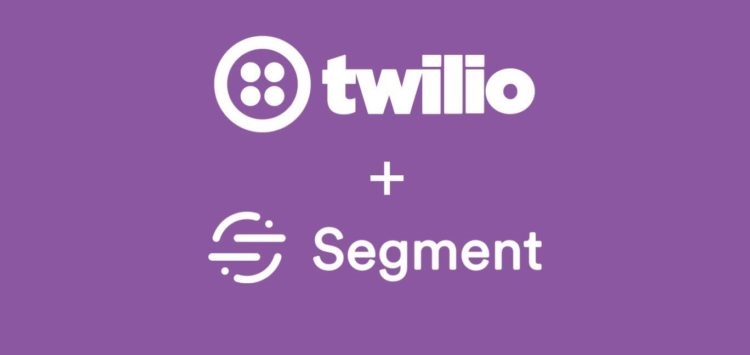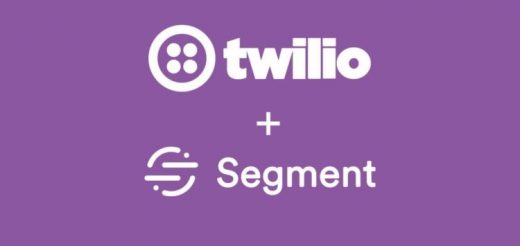Twilio’s acquisition of Segment will support collection of digital data
But it likely won’t provide a comprehensive set of CDP tools.

In news which broke on Friday and was confirmed this morning, communication APIs vendor Twilio has entered into an agreement to acquire Segment for $3.2 billion in an all stock deal. Segment is a customer data infrastructure vendor, although it does describe itself as a CDP.
Twilio is a cloud-based provider of developer tools which allow phone and messaging channels to be embedded in apps. Uber and Lyft, for example, have both used Twilio to build communications channels within their apps. Last year, Twilio completed the acquisition of SendGrid, which provided similar technology for emails.
Segment would add the ability to capture customer data across these channels and move it through pipelines to third party systems — analytics platforms, for example, or CRMs. It does not have orchestration capabilities (indeed, Segment was the only CDP without orchestration in our Marketer’s Guide to Enterprise CDPs).
“Data silos destroy great customer experiences,” said Jeff Lawson, co-founder and CEO of Twilio in a release. “Segment lets developers and companies break down those silos and build a complete picture of their customer. Combined with Twilio’s Customer Engagement Platform, we can create more personalized, timely and impactful engagement across customer service, marketing, analytics, product and sales.”
A perspective from the market. We spoke with Tasso Argyros, founder and CEO of independent enterprise CDP ActionIQ, to get his initial reactions to the news. “Twilio’s initial business was to write code to make a call or send a text message,” he said. “With Sendgrid you could write code to send emails as well. Text is yet another customer channel, but it’s an isolated channel. Email is an isolated channel. I think that’s why the CDP has become so exciting, because you need somehow to get all this data in one place and orchestrate the information.”
The acquisition is certainly positioned as a way to create engagement with customers. The reality,” said Argyros, is that Segment has not prioritized orchestration. “Segment is really good at capturing events from a website or mobile app, and moving those events to a third-party system, including analytics systems or CDPs like us. They do collect data, but it’s mostly digital data — still very valuable and useful — but they’re not a CDP from the perspective that they wouldn’t store the history of all these events, and they wouldn’t connect to a data warehouse that had offline data.”
The customer data infrastructure positioning made a lot of sense, said Argyros. “Essentially they are pipes for digital event data: they own the edge, capturing data and passing that data over to other channels.” But given that Twilio’s main customer base is mid-market, said Argyros, much of its data will indeed come from digital sources — this makes Segment a useful complement to Twilio. “Twilio be able to do use cases like, if someone visits a website, send them a text or an email.”
If Twilio has plans to move into the enterprise market — “which is truly omnichannel” — Segment cannot help them, said Argyros. “But for medium-sized companies, where 90% of the data comes from the website, this is good enough.”
Why we care. The definition of a CDP remains controversial, but everyone wants one. On top of last year’s SendGrid acquisition, the move signals Twilio’s ambition to move beyond communications services.
This story first appeared on MarTech Today.
Marketing Land – Internet Marketing News, Strategies & Tips
(25)



